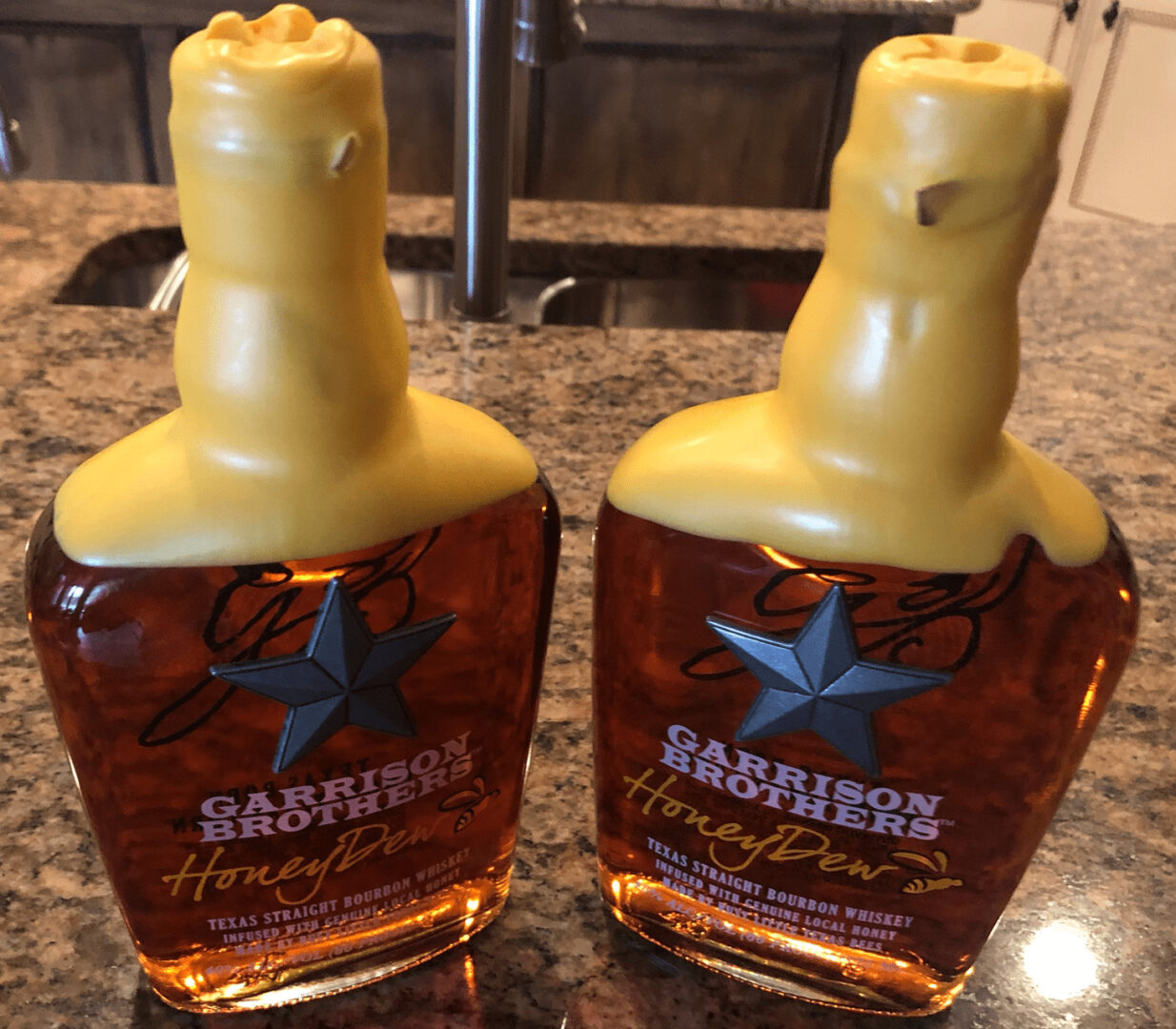My wife and I just got back from four days in Napa and Sonoma counties doing, ahem, “gemba walks” at a number of wineries, both large and small.
As tourists, we like doing winery visits where you get to walk the process, from grapes on the vine, through production, and into the glass. I tweeted a few pictures and notes under the #gembawine hashtag.
I'll write a more comprehensive post about some things we saw that reminded us of Lean principles, but here's one picture, below, as a start (from a tasting room).
People in process improvement circles sometimes wax rhapsodic about driving all variation out of a system (or somehow creating standardized products or services that are 100% identical – not the goal of Lean, at all).
It might sound like sacrilege, but not all variation is bad. The picture shows an example where the wax seals on bottles show a charming amount of variation from their hand dipping process…
From a customer perspective, the wax on YOUR bottle (or bottles) doesn't really have to be the same as the others. The variation helps ensure the appearance that there's some handicraft involved, which might be valued by some customers.
You might ask about the functional purpose of the wax – it's primarily decorative. The cork (under the wax) is what seals the bottle, but some argue the wax helps keep the cork from drying out. Or, perhaps it's just cheaper than the usual foil seal around a bottle top when producing at low volumes.
To some customers, the wax seal might be “value” (it looks cool). But, to others, it might be an annoyance (it's harder to cut off than foil?).
While you might be able to reduce the variation in your process, that's easier than reducing the variation in your customers' wants and needs! I'd argue smart companies are able to respond to varying customer needs to a degree that makes sense for the long-term good of the organization. Lean and the Toyota Production System, through “quick changeover” methods allow a company to produce smaller lots and GREATER variety, not just bigger batches that supposedly bring costs down.
Update from 2018: Here is an example from the Garrison Brothers Distillery in Texas. They emphasize the craft nature of their product and bottles are dipped in wax by volunteers who work two-day stints (and their wax seals have a helpful leather pull tag that helps get through the wax so you can open the bottle:
Some might call the bottle on the right a “defect” since the wax isn't as even or as consistent as the bottle on the left. But, it's probably “on brand” for a small producer to have bottles that aren't completely identical. Maker's Mark whiskey does the same thing with their bottles. The variation is part of their signature look.
Not all variation is bad… it depends on the context and the effect it has on the customer.
By the way, I've blogged about the wax dipping process at Garrison Brothers before:
Kaizen in the Garrison Brothers Bourbon Bottle Dipping Process
Thanks for reading!
What do you think? Please scroll down (or click) to post a comment. Or please share the post with your thoughts on LinkedIn – and follow me or connect with me there.
Did you like this post? Make sure you don't miss a post or podcast — Subscribe to get notified about posts via email daily or weekly.
Check out my latest book, The Mistakes That Make Us: Cultivating a Culture of Learning and Innovation:











Those of you with WSJ access can read an article about French bread makers realizing the customer is right.
The baker can produce a variety of product (for different customer preferences) rather than 100% identical baguettes that are variation free.
A comment posted on linkedin:
My response:
More wineries are using the screw caps and there’s less stigma about that, as some expensive wines now use the screw caps instead of corks. Arguably, the quality of the bottle seal is better with a screw cap… it’s just not very traditional. A screw cap is easier to reseal than a cork, but you still have to worry about leftover wine oxidizing and going bad, so I use one of these with any type of bottle.
I bought the same Vacu Vin re-sealer but haven’t had to use it much. For some reason, our bottles usually end up bone dry.
Touché :-)
Looks like fun, Mark. Rule #1 – Customer defines value!
[…] Gemba Wine: Variation in Wine Seals and Variation in Customer Needs […]
[…] Gemba Wine: Variation in Wine Seals and Variation in Customer Needs […]